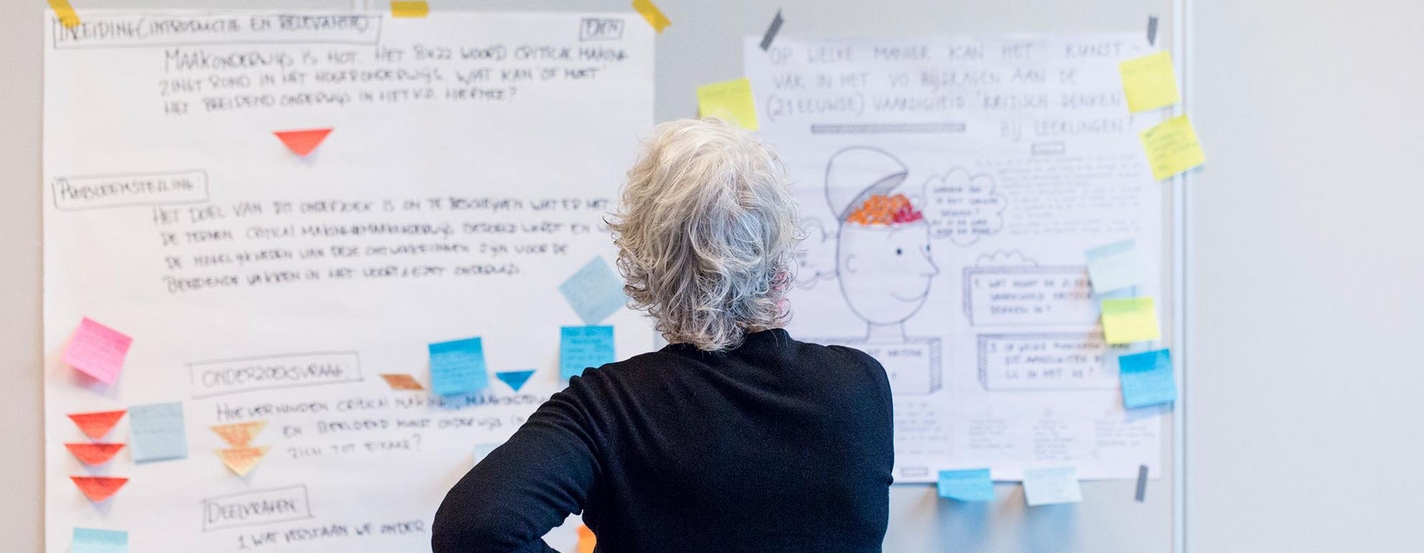
Revenue models
In a reve*nue model, you map out how your business is going to earn money. There are many standard revenue models that you can adopt to suit your needs, but you should definitely not restrict yourself to those.
Extra
A strategy
In a revenu*e model, you give concrete form to the customer needs you will meet and how you can earn money with that. In short: you make your target group more concrete, you formulate your value propositions as concretely as possible (what you have to offer or the needs you will meet) and you think about ‘how’ your revenue will be realised.
You can combine several revenue models within one business. You therefore create a financing mix of different revenue sources of income and financing options.
By considering your revenu*e model, you make your plan for your business more concrete. You will also use this input for your business and marketing plan. Over time, you can further develop your business activities, for example by applying your reve*nue model to a new customer need.
Common revenue models
| Transaction model | This model is used most often. Examples include the sale of albums, artworks or an architectural plan, or selling to consumers (B2C). In addition, there is also the sale of products to other companies, such as shows to venues (B2B). |
| Hours worked | You are paid for the number of hours worked. This is a common model for self-employed persons. |
| Royalties or license model | The creator owns the intellectual property to his/her works (for example, music or illustrations) and allows others to make use of them in return for payment. In this case, you are talking about a copyright fee, license fee or operating fee. |
| Rental model | The model in which revenue is earned from the rental of lease of equipment, property or art, such as via the art lending library. |
| Subscription model | The customer pays a fixed amount per month and regularly receives a product on the doormat, a service supplied or access, for example, to a private database for that. Examples include a Spotify subscription, magazines or the theatre subscription of We Are Public. |
| Membership model | Payment is made to be part of a club. By doing so, members receive certain rights/access. Examples include ‘friends memberships’ of (theatre/dance) companies. |
| Brokerage model | This is used when earning revenue from mediating between sale and purchase. Examples include record companies, booking offices and impresarios. |
| Advertising model | Earning from the sale of advertising space. Examples include websites and magazines that offer advertising space, as well as advertising through ‘influencers’ and sponsorship. |
| Consumption model | Examples include consumption of gas, water and electricity, but also residence in a certain space for a specific time. Examples include your shower token at a festival. |
| Personalisation model | You offer the customer the possibility to personalise a product. The customer is often happy to pay extra for this. Examples include products to order or making a portrait. |
| ‘Freemium’ model | With this model, one element is made available for free and revenue is earned from additional purchases. Examples include in-app purchases. |
| Bait and hook model | In this model, a basic product or service is made available for an attractive price (not for free). Revenue is subsequently earned from an additional product or service. Examples include admission tickets for concerts, where a substantial amount of money is earned from the food and drinks. |
| Service model | In this model, a basic product or service is made available for an attractive price. Revenue is subsequently earned from the service that is necessary to keep it running. Examples include service contracts for planning, personnel and organisation systems, which are also used in the arts and cultural sector. |
Common customer needs
It is easier to formulate your value proposition if you are aware of common customer needs. What does your work mean to others: for your "customer", your client, your financier? Examples include: relaxation (pleasure, inspiration), health (growing old healthy), providing a full-service solution (simplicity and convenience), sense of belonging, sense of meaning, customisation, attention (engagement and appreciation), special offers (good deal), building status.
Digital revenue models
You can also use digital rev*enue models. This allows you to increase what you have to offer, your reach, impact and income. For example, you can digitize (exclusive) content, live stream or create podcasts / weblogs / videos. Then you choose how you will distribute this content; for example, are you going to use new channels? Perhaps you also increase your impact by organizing introductions or discussions? And then your income: do you opt for ticket sales, donations, online merchandise sales, crowdfunding, dynamic pricing or do you generate revenue by offering content on other platforms?